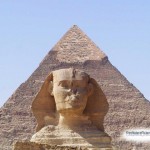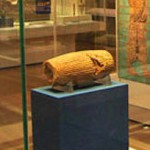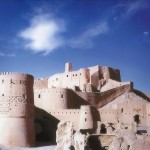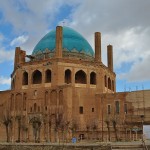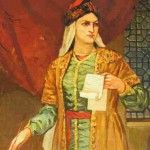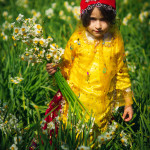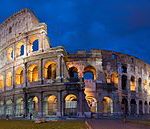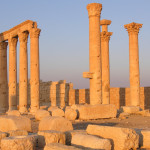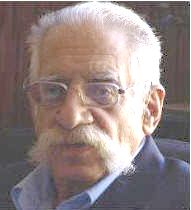 Dr. Abdolmajid Arfaee, is a unique expert of ancient languages of Akkad and Ilam and a researcher in the history of Ilam. He is one of the exceptional authorities and translators of cuneiform scripts in the world.
Dr. Abdolmajid Arfaee, is a unique expert of ancient languages of Akkad and Ilam and a researcher in the history of Ilam. He is one of the exceptional authorities and translators of cuneiform scripts in the world.
Dr. Arfaee is the recipient of “The Nowruz Prize” for the best personality of the year 2016, in the category of “Cultural Heritage”. He receives the award for:
– His lifelong perpetual efforts in support of preservation of cultural and historical heritage of Iran.
– Creating the first translation of the Cyrus the Great cylinder from its original language.
– His Collection of unique treasures of periodicals, magazines, pamphlets and books about the history of Iran and the world, and the texts of many ancient scripts on stone and clay, with the cooperation of Dr. Parviz Natel-Khanlari.
– Organizing a dedicated section of the Iranian National Museum to inscriptions and epigraphs.
– Reading and translating a large number of Persepolis clay inscriptions, as well as legal texts of Mesopotamia.
– And his unique collection of research and writings on Iranian history and culture.
Dr. Arfaee is one the most distinguished contemporary linguists and researchers of the Iranian history whose contributions to the field have not been appreciated adequately. He was the first Iranian to get involved in the saga of important Persepolis clay inscriptions that are the very documents, narrating the important aspects of Darius the Great era. Dr. Arfaee studied for eight years at the oriental section of Chicago University in order to read the Persepolis clay inscriptions. In Chicago, he worked under the supervision of Professor Richard Hallock, the famous authority on Ilam’s script and language. After the advent of the Islamic Revolution in Iran, Dr. Arfaee was no longer allowed to continue his work on the inscriptions and could no longer work at the Iranian Center for Literature and Arts, together with other authorities like Dr. Parviz Natel-Khanlari. Even though he was separated from his field of work and research, he did not stop his work and efforts. For the last few years he has been engaged again in reading and deciphering the Persepolis clay inscriptions, providing the young generations with the proud history of their Persian ancestors.



